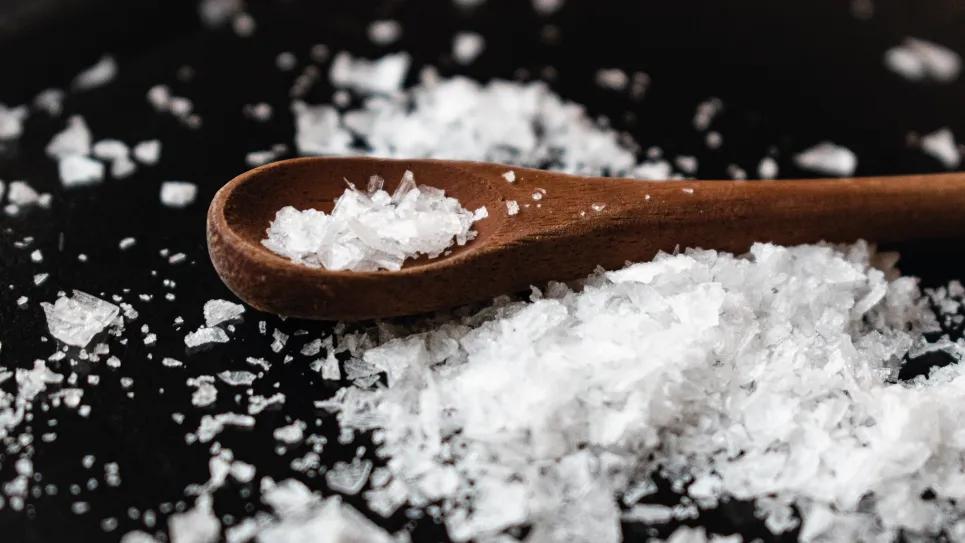Microplastics in Sea Salt
The increase in news reports of marine wildlife being washing up dead on shores due to complications from ingesting plastic, brings to light the severity of plastic consumption, disposal of plastic and garbage, and pollution of our waterways and oceans. The Great Pacific garbage patch so far is the largest accumulation of ocean plastic in the world. There are smaller accumulations scattered all around the world. If marine life has been affected, are humans at risk?
This is what piqued the interests of senior lecturers, Dr Jane Gew Lai Ti and Dr Yow Yoon Yen of the Department of Biological Sciences, School of Science and Technology at Sunway University. Curious to find out if there is any form of ocean plastic contamination in the country, they opted for the easiest possible source – sea salt.
“Seawater is a natural and easily accessed source of salt. The conventional extraction process of salt from sea water is with evaporation ponds, which are typically located in warm climates with low rainfall and where evaporation is high,” explained Dr Gew.
Drs Gew and Yow tested 14 brands of locally produced salt from hypermarkets in various forms ranging from coarse, fine and super fine. Microplastics (< 5 mm in size) contamination in sea salt will be an indicator of sea water pollution. Running the salt through a chemistry process; the two researchers first infused 250 grams of salt in hydrogen peroxide in a 24-hour shaker incubation at 65 degrees Celsius to digest the ocean organic matter. Double distilled water is then added to the solution and left at room temperature for another 24 hours to allow any residue to settle to the bottom of the bottle prior filtration.
According to Dr Yow, “The supernatant of salt solution is then filtered with filter paper, the weight of each filter paper before and after filtration is recorded. The harvested pollutants are then viewed under the stereomicroscope, and further characterised with Fourier Transform Infrared Spectroscopy (FTIR) and Scanning Electron Microscopy with Energy Dispersive X-Ray Analysis (SEMEDX). The procedure was replicated at least three times for all the 14 sea salt brands sold in Malaysia.”
As a result, they discovered three common types of microplastics in the salt samples, which are fiber, fragments and micro beads. Their findings showed that coarse salt contains the most impurities while super fine salt contains the least.
“We propose manufacturers of salt to have a better filtration process or system. Reduce the pore size of the filter cartridge in the filtration system; or increase the filtering of the salt solutions as these could help reduce the presence of microplastics in the edible salts during the manufacturing process,” said Dr Gew.
In line with Sunway University’s commitment to the United Nations Sustainable Development Goals (UNSDGs), Drs Gew and Yow hope to bring to light the severity of plastics pollution in the environment.
Championing the call for a more sustainable future, Dr Gew advocates against the usage of single-use plastic. “This will help prevent further microplastics contamination,” she reiterated.
This article appeared in Blaze (Issue 50).




